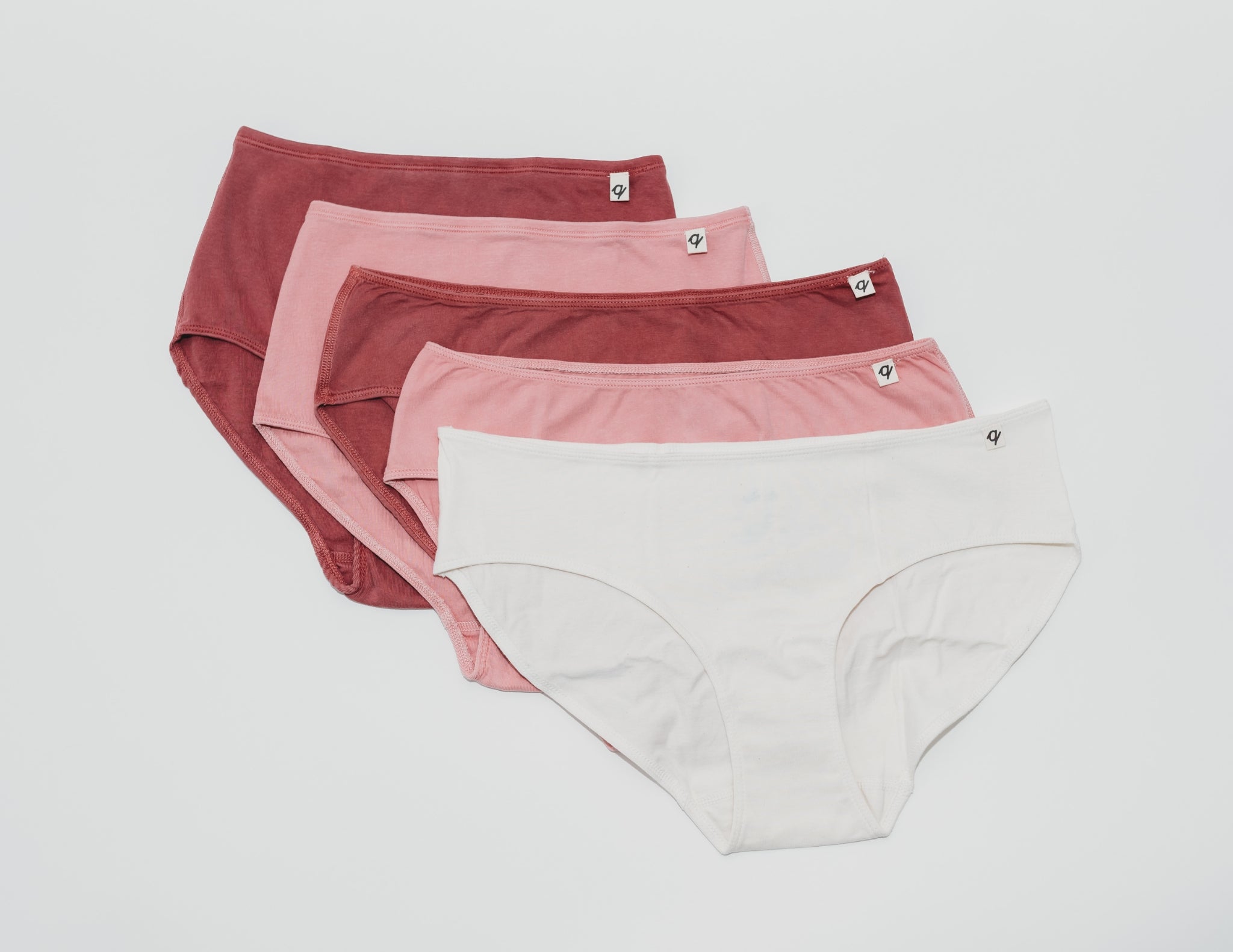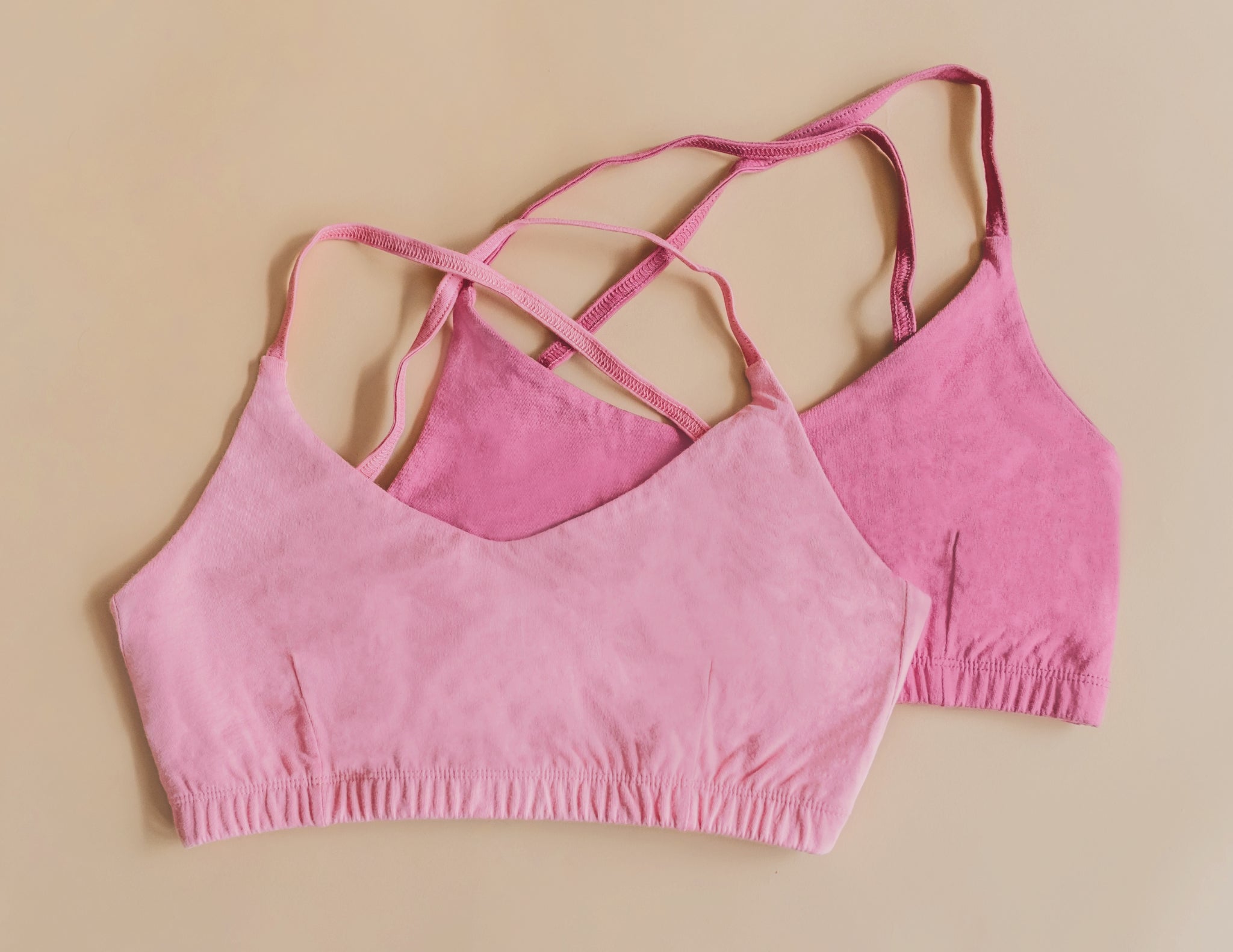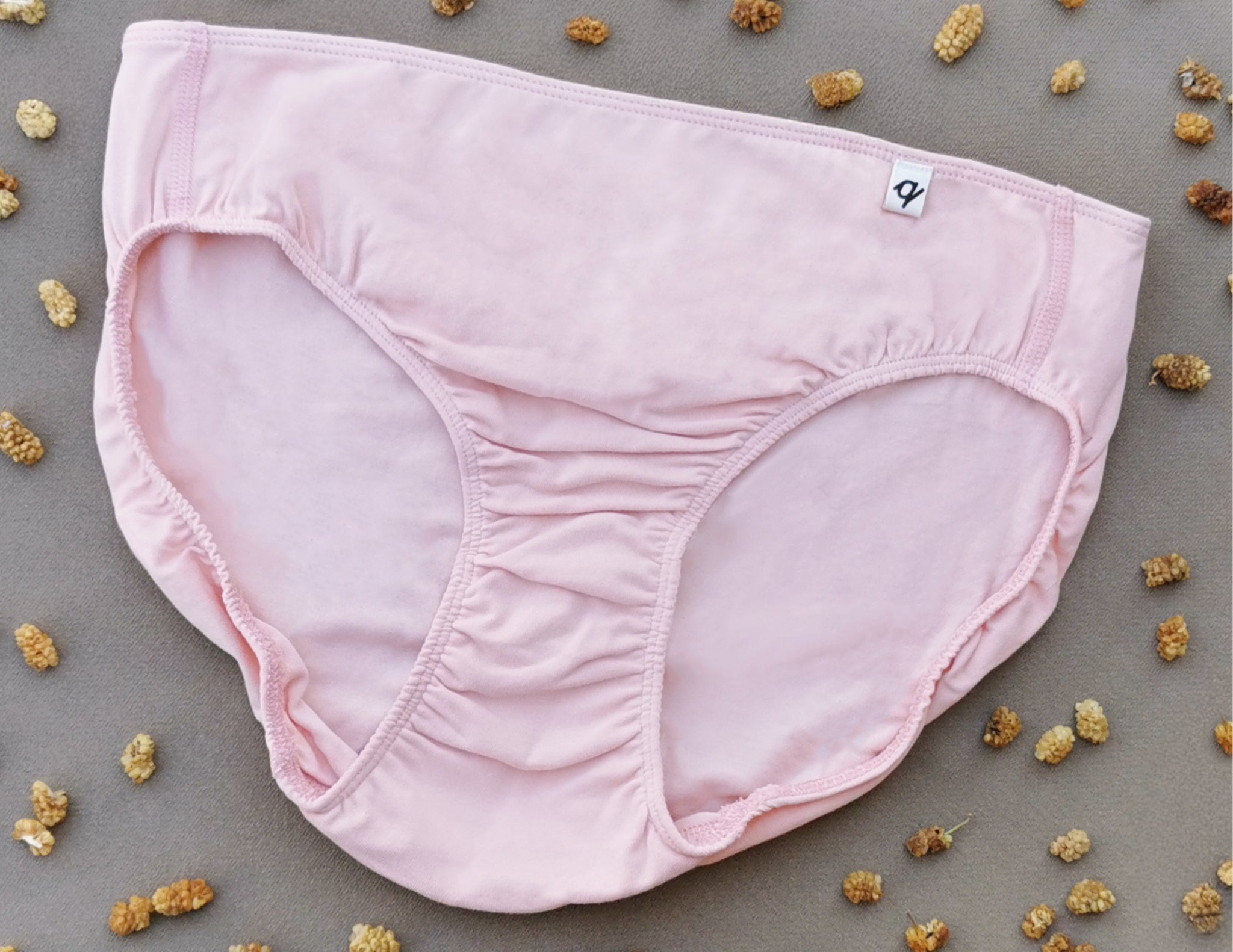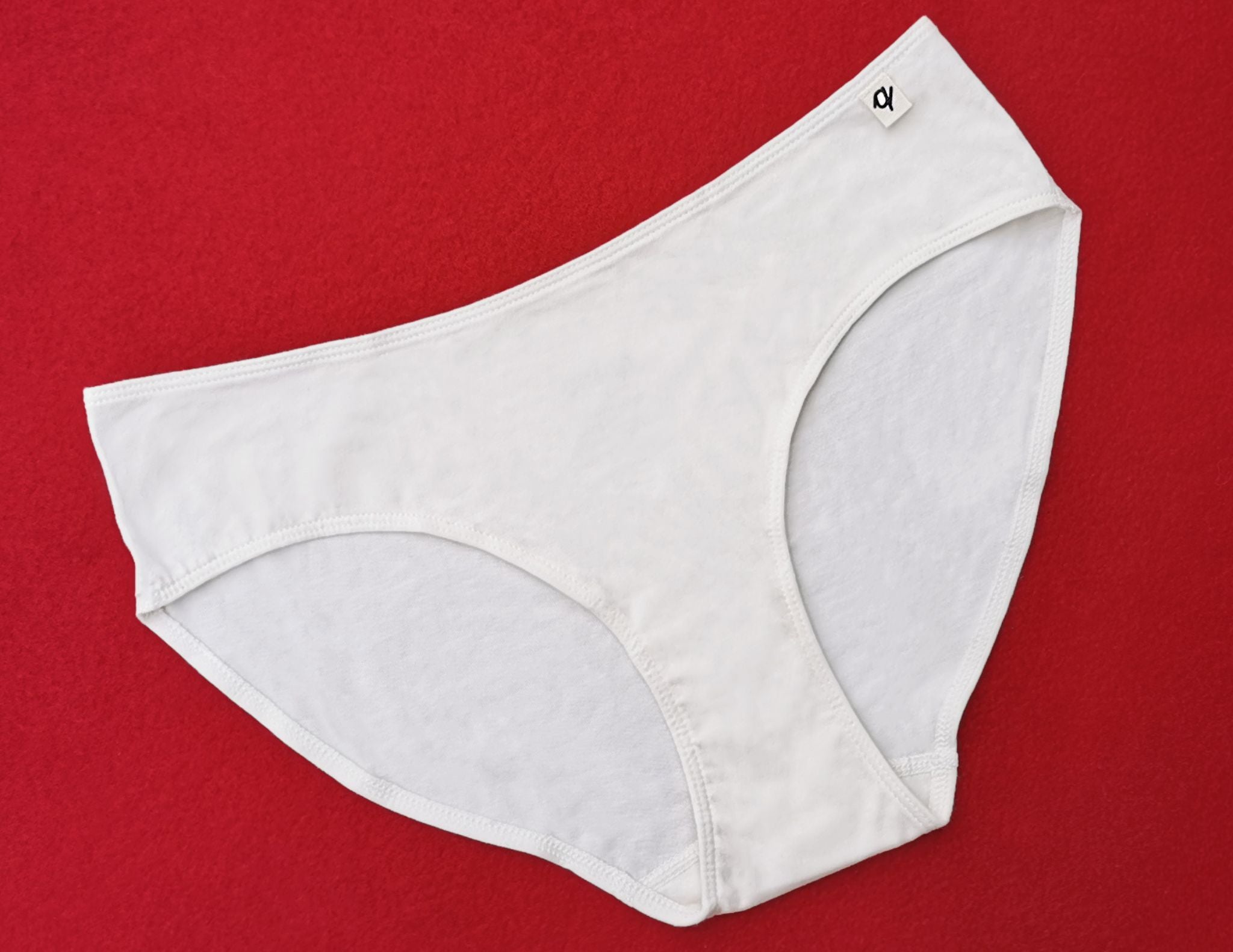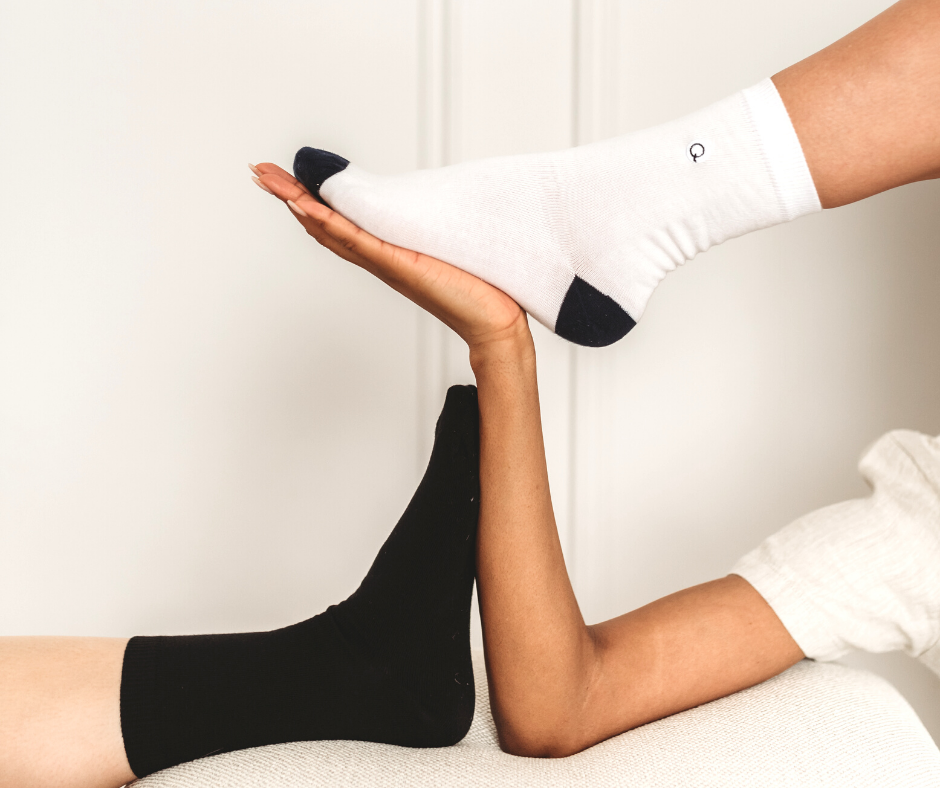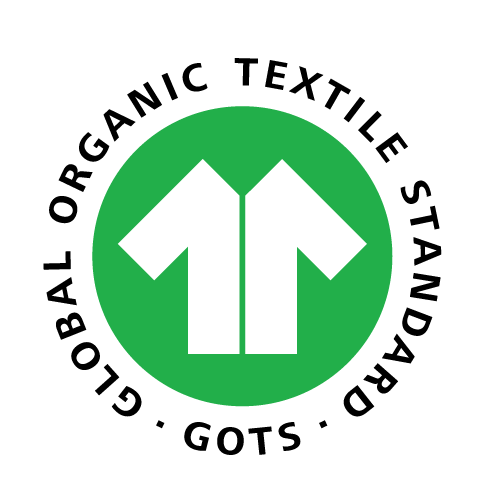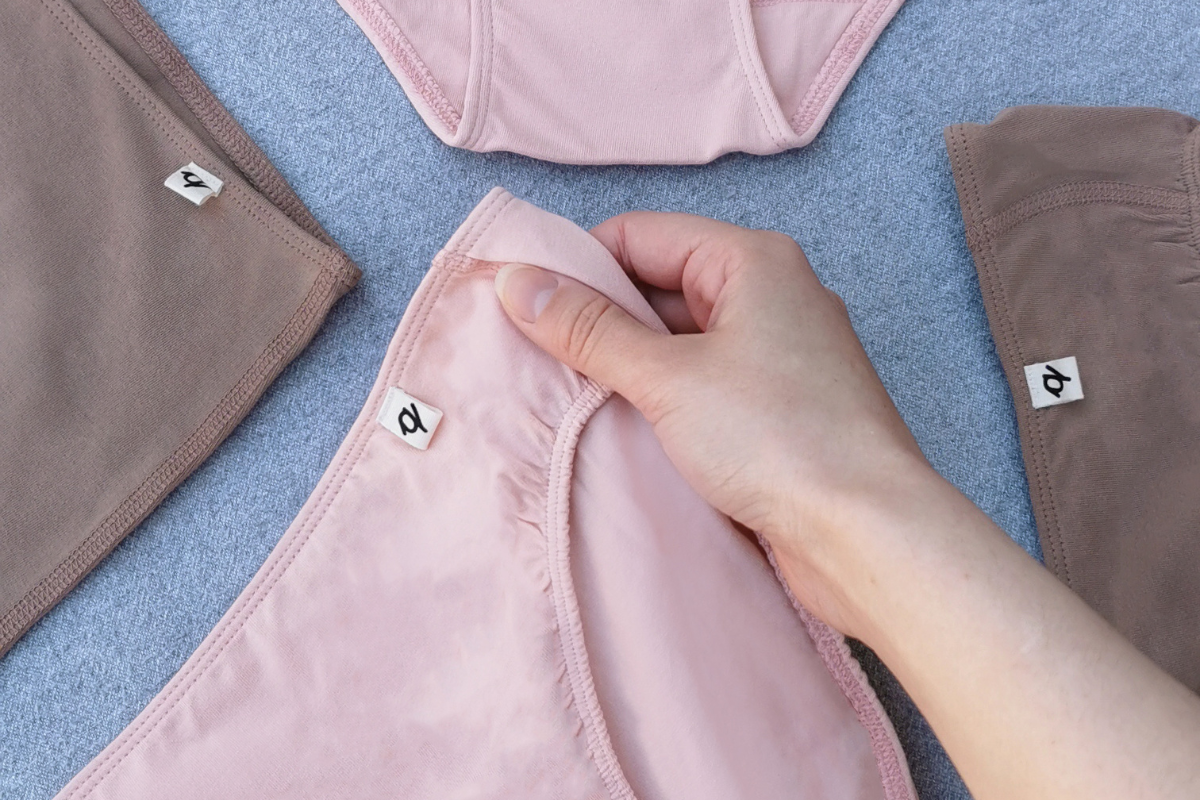
Best Fabric for Eczema: What to Wear & Avoid
When it comes to managing eczema, small everyday choices can make a big difference — especially the clothes we wear. To get clear answers, we spoke with Dr. Laura Soong, a dual board-certified Dermatologist in Canada and the USA, who treats patients with eczema of all ages. She emphasizes that fabric choice can play an important role in reducing irritation, improving comfort, and preventing flare-ups.
“Clothing can absolutely make eczema better — or worse,” says Dr. Laura. “The right fabrics help skin breathe and reduce friction, while the wrong ones can trap heat and sweat or rub in ways that trigger flare-ups.”
So what fabrics should people with eczema reach for, and which ones should they avoid? Let’s break it down.
The Best Fabrics for Eczema
According to Dr. Laura, 100% organic cotton is the gold standard. “I find 100% cotton is the most accessible and practical.”
Organic cotton is soft, breathable, easy to wash, and widely available. It’s an excellent choice for underwear, base layers, pajamas, and baby clothes. For kids who are always on the move, cotton helps minimize irritation from sweat and friction.
Silk can sometimes work, particularly as a base layer, but it isn’t as breathable as cotton. “Silk is soft, but for some patients it may actually irritate because it doesn’t let the skin breathe as well,” Dr. Laura notes.
Linen is another breathable fabric worth considering in warm weather, though some people may find it scratchy. Look for softer weaves if you’re trying linen for eczema.
Fabrics to Avoid with Eczema

Not all fabrics are skin-friendly. Some can quickly worsen eczema symptoms. “I recommend avoiding anything abrasive like denim,” Dr. Laura says. “These rub against the skin and promote flare-ups.”
Synthetic fibers such as polyester, nylon, acrylic, and spandex blends are also common culprits. These materials don’t breathe well, trap sweat, and can raise skin temperature — all of which increase irritation.
Even popular items like leggings or shapewear aren’t always the best during a flare. “Tight workout clothing can trap heat and sweat, which promotes skin irritation,” Dr. Laura explains.
Fleece is more nuanced: some dermatologists suggest avoiding it, while others note that high-quality fleece can be used as a mid-layer — just not directly against sensitive skin.
Why Fabrics Matter for Eczema

So why do clothes have such a big impact? It comes down to three factors: breathability, friction, and moisture.
- Heat and sweat can make eczema itchier and more inflamed.
- Friction from seams, cuffs, or stiff prints can lead to scratching.
- Moisture management is crucial — fabrics that trap sweat can set off flares.
This is especially important for children, whose skin is more sensitive, and for older adults, whose skin is naturally drier and thinner.
“Toddlers who are active can flare their skin just from friction and excess moisture,” Dr. Laura says. “For elderly patients with fragile skin, organic cotton is also a great choice.”
Everyday Clothing Tips: Underwear, Sleepwear, and Baby Clothes

Fabric isn’t the only factor — style and fit matter too. For underwear, Dr. Laura recommends 100% cotton underwear with flat seams and breathable gussets. Whites or lighter colors are often better, since dyes can sometimes trigger allergies. Removing tags helps too.
When it comes to sleepwear, keep it light and breathable. “I often tell patients to wear pajamas inside out during flares so the seams don’t rub as much on the skin,” Dr. Laura shares. A looser fit — even going up one size — helps reduce tightness and friction.
For babies, stick with soft cotton. Onesies reduce waistband rubbing, and round collars can catch drool without irritating the chest. Avoid tight cuffs, printed logos that stiffen fabric, or headbands that rub against delicate skin. Soft mittens and caps can also help prevent scratching at night.
Activewear and Layering with Eczema

Exercise and outdoor activities can be tricky, since sweat is a common trigger. The best approach is layering strategically. Dr. Laura suggests starting with a breathable base layer, like cotton, directly against the skin, then adding insulating or weather-proof layers on top. After exercise, it’s important to shower or rinse quickly and change out of damp clothes to prevent irritation.
Whenever possible, choose organic cotton activewear—such as organic cotton sports bras, leggings, or undershirts—as the first layer. Organic cotton is softer, free from harsh pesticides, and less likely to contain chemical finishes compared to conventional fabrics. This makes it a safer choice for sensitive skin that reacts easily to sweat and friction. Pairing organic cotton base layers with looser outer layers helps skin stay cool, reduces rubbing, and makes workouts or outdoor play more comfortable.
Laundry Tips for Eczema-Friendly Clothing
Even the softest cotton can cause issues if it’s washed in irritating products. “Use a fragrance-free detergent and ideally double rinse,” advises Dr. Laura. “Avoid fabric softeners and essential oils in the dryer.”
She recommends fragrance-free dryer sheets or dryer balls instead. Always wash new clothes before wearing, and avoid overloading the machine so clothes rinse properly.
When it comes to dyes, parents can go a step further. Dye-free clothing eliminates one of the most common sources of irritation, since synthetic dyes can leave chemical residues that trigger flare-ups. Another option is plant-dyed clothing, where colors are created from natural sources like indigo, turmeric, or pomegranate. These natural dyes tend to be gentler on sensitive skin and are often processed without harsh chemicals.
Choosing dye-free or naturally plant-dyed fabrics not only lowers the risk of skin reactions but also supports more sustainable textile practices. If color is important, stick with lighter shades made using safe, certified dyes or plant-based alternatives, and always wash them before first wear.
Check our dye free and plant dyed collections:
Don’t Forget Labels, Seams, and Fit

Sometimes it’s not the fabric itself but the construction of the clothing that causes irritation. Tagless designs, flat seams, and soft waistbands are best. Avoid bulky pajamas, stiff prints, and rough zippers. Looser fits help skin stay cool and reduce friction.
It also helps to pay attention to safety labels and certifications. GOTS (Global Organic Textile Standard) shows the fabric is organic and produced under strict environmental rules, making organic different from regular cotton. OEKO-TEX® certifies that textiles have been tested for harmful substances, so you know the fabric is safe for sensitive skin. You may also see the NEA Seal of Acceptance®, which is given to certain products proven safe for eczema-prone or sensitive skin.
Beyond labels, look for clothing that is PFAS-free (avoiding “forever chemicals” sometimes used in water- or stain-resistant finishes), BPA-free (since some plastics in prints or trims may contain it), and azo dye–free (to avoid dyes linked to skin reactions). Choosing items with these assurances helps reduce irritation and gives extra peace of mind.
Final Thoughts: Finding What Works for Your Skin
There’s no single perfect fabric for everyone with eczema — but cotton is the safest place to start. Avoid scratchy denim and synthetics next to your skin, and remember that how you wash and wear your clothes matters as much as the fabric itself.
Dr. Laura emphasizes that eczema should never be minimized.
“A lot of people will say, ‘it’s just eczema,’ but it has a major impact on quality of life, school or work performance, sleep quality, and mental health,” she explains. “It’s so important to prioritize our skin when dealing with sensitive eczema-prone skin.”
That means thinking beyond fabrics to daily routines that support skin health: choosing gentle laundry products, moisturizing consistently, keeping shower and bath water lukewarm, using a humidifier at night, and keeping dust and allergens in check at home.
Eczema is also an inflammatory condition, so medical care and the right treatments play a key role. “Building habits around skin health makes a difference, but specialist care is just as important for controlling inflammation,” adds Dr. Laura.
About Dr. Laura
Dr. Laura Soong is a dual-board-certified dermatologist in Canada and the USA. She trained at the University of Alberta and currently practices at Stratica Dermatology in St. Albert, Alberta. Passionate about patient education, she helps people find practical tools to manage chronic skin conditions. You can follow Dr. Laura for more information and bite-sized tips on TikTok, YouTube, and Instagram at @dermdoclaura







